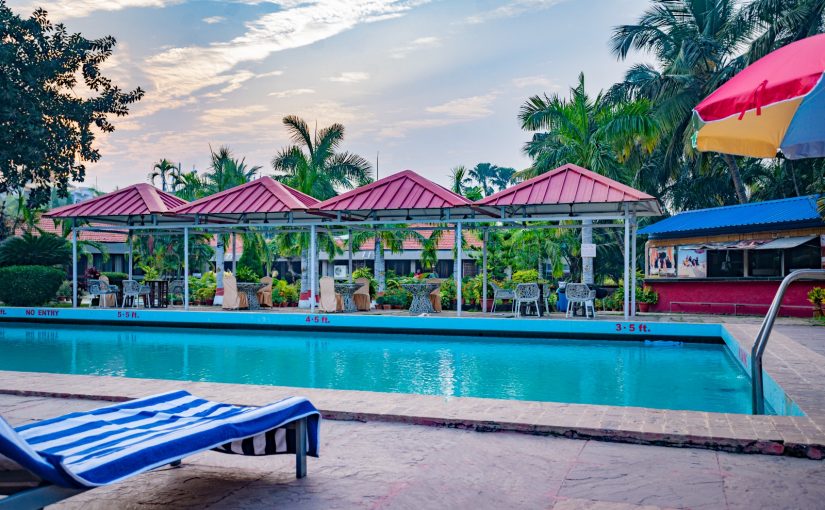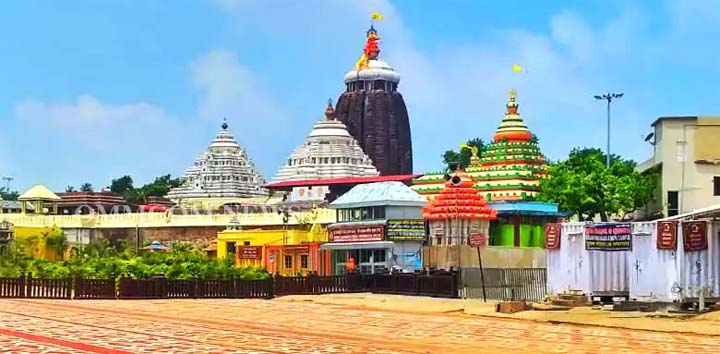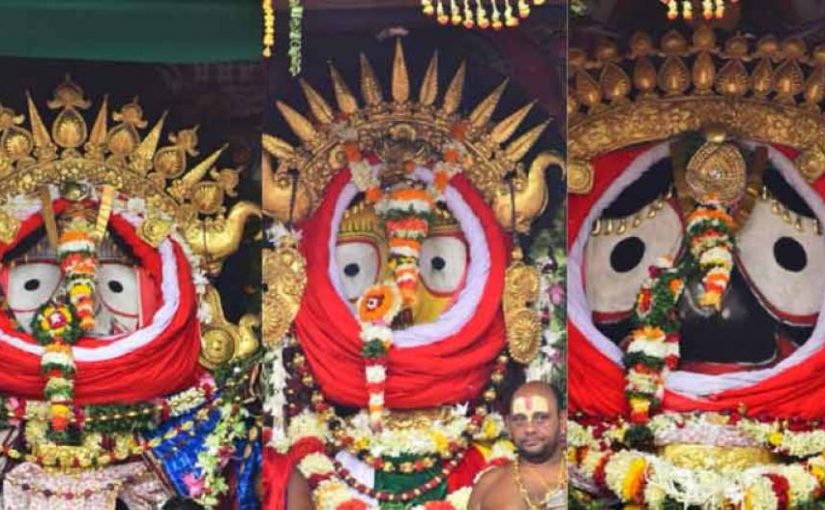Puri, located in the eastern state of Odisha, India, is a famous coastal city known for its religious significance, cultural heritage, and beautiful beaches. Here are some of the top tourist attractions in Puri:
1. Jagannath Temple
- Highlights: The Jagannath Temple is one of the four major pilgrimage sites (Char Dham) for Hindus. Dedicated to Lord Jagannath, this temple is renowned for its annual Rath Yatra (Chariot Festival), during which the deities are carried on grand chariots through the streets.
- Architecture: The temple is a fine example of Kalinga-style architecture.
- Note: Only Hindus are allowed inside the temple.
2. Puri Beach
- Highlights: Puri Beach, along the Bay of Bengal, is famous for its golden sands, and it’s an ideal spot for relaxing, swimming, and beach activities. The beach is also known for hosting the annual Puri Beach Festival.
- Sunrise and Sunset: Catching the sunrise and sunset here is a must-do, offering stunning views.
3. Chilika Lake
- Highlights: Asia’s largest brackish water lagoon, Chilika Lake, is about 50 km from Puri. It’s a haven for birdwatchers, especially during the migratory season, and home to the Nalabana Bird Sanctuary.
- Boating: Boat tours are available, and you might spot Irrawaddy dolphins near the lake’s mouth at Satapada.
4. Konark Sun Temple (35 km from Puri)
- Highlights: Although not in Puri, this nearby UNESCO World Heritage Site is a must-visit. The Konark Sun Temple is an architectural marvel in the shape of a giant chariot dedicated to the Sun God, with intricately carved stone wheels and sculptures.
- Festival: The annual Konark Dance Festival in December is another highlight.
5. Gundicha Temple
- Highlights: This temple is associated with the Jagannath Temple and is the destination of the famous Rath Yatra. It is known as the “Garden House of Jagannath.”
6. Raghurajpur Heritage Village
- Highlights: About 10 km from Puri, this village is known for its traditional Pattachitra paintings, handicrafts, and cultural heritage. The artists here showcase beautiful murals, palm leaf engravings, and other forms of art.
7. Swargadwar
- Highlights: Swargadwar is a sacred cremation ground near Puri Beach. It is believed to be the gateway to heaven (Swarga), making it a significant site for Hindus.
8. Lokanath Temple
- Highlights: Dedicated to Lord Shiva, the Lokanath Temple is believed to be where Lord Shiva hides in a pond. It is an important pilgrimage spot, especially during Shivaratri.
9. Pipili
- Highlights: Another nearby village, Pipili is famous for its vibrant Applique work. It’s a great place to shop for colorful, handcrafted textiles and décor.
10. Narendra Tank
- Highlights: Narendra Tank is one of the largest tanks in Odisha, with a temple in the middle of the water. It’s especially significant during the Chandan Yatra festival.
These sites offer a mix of spirituality, history, art, and nature, making Puri a diverse and enriching destination for tourists.




